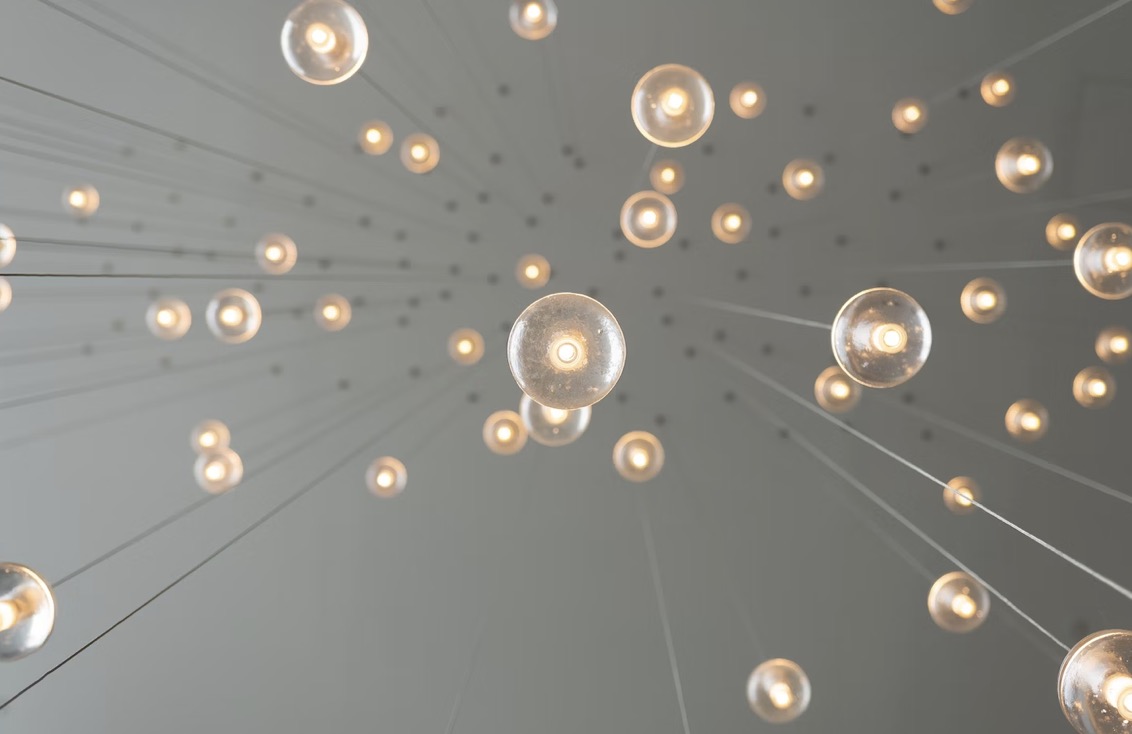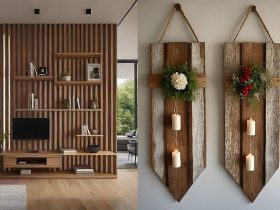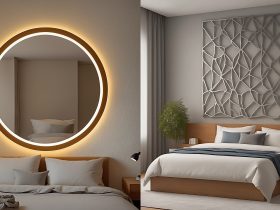Lighting isn’t just about illumination; it can be a game-changer for your wallet and decor.
The correct illumination can change the entire aesthetic of a room. From moody to joyful to mysterious, name a mood you want to set, and you can achieve it with a lighting setup.
Just when you thought it can’t get any better, the light you use can also help you save money as it can reduce your electricity bill.
Here is a complete guide on how you can save your electricity bill by making the correct lighting choices.
Reader's Roadmap
LED Bulbs
Let’s start with the rockstar of energy-efficient lighting, LED bulbs.
These little wonders can save you a lot of money on electricity bills, and here’s why. LEDs or Light Emitting Diodes are like the energy-sipping champs of the lighting world.
They use a tiny fraction of the energy that old-school incandescent bulbs need. Think about it – they use up to 80% less energy! That’s like driving a fuel-efficient hybrid car instead of a gas-guzzler.
Now, here’s the real deal, LEDs last a super long time. We’ve been talking for years and years. Some LED bulbs can go for a whopping 25,000 hours or more! Compare that to the measly 1,000 hours you might get from an old incandescent bulb.
So, even though LEDs might cost a bit more upfront, you’ll end up saving big bucks in the long run. It’s like an investment for a brighter and more cost-effective future.
CFL Bulbs
If you’re looking to save some cash and still be a friend to Mother Earth, CFL (Compact Fluorescent Lamp) bulbs are the best choice. They’re kind of like the middle child between incandescent and LEDs.
While not as fancy as LEDs, they do use significantly less energy than those old, inefficient incandescents.
The way CFLs work is pretty cool. Instead of heating up a filament to produce light like incandescent, they pass an electric current through a gas. This creates ultraviolet light, which then stimulates phosphors on the bulb’s surface to emit visible light.
Like a bit of a science experiment happening right there in your light bulb!
CFLs are not only energy-efficient but also have a pretty decent lifespan. You can expect them to stick around for thousands of hours, which is way longer than an incandescent.
One thing to keep in mind, though, is that CFLs contain a small amount of mercury, which isn’t great for the environment if not disposed of properly.
So, if you decide to go the CFL route, make sure to recycle them responsibly. Be sure to get them installed properly as well by hiring professionals.
You can find good electricians in every state. For example, if you want a decent St Louis Electrician, you will definitely find one.
Halogen Incandescent Bulbs
Now, if you’re not quite ready to make the leap to LEDs or even CFLs, consider halogen incandescent bulbs. They’re like the cool, younger sibling of traditional incandescents.
Halogens are a bit more energy-efficient, using around 25% to 30% less energy to give you a similar quality of light. They’re like the “in-between” option, offering some energy savings without the higher upfront.
Dimmer Switches
Dimmer switches are like the controlling booth for your lights. You can set the mood and save energy at the same time.
The idea is pretty simple, instead of your lights being stuck at full blast all the time, you can adjust the brightness to just what you need.
These are not only great for creating ambiance but also for reducing energy consumption. Plus, they can extend the life of your bulbs because they’re not running at full power all the time.
Motion Sensors and Timers
Imagine having your personal light butlers – that’s what motion sensors and timers are like. Motion sensors detect movement and turn lights on and off accordingly.
These are perfect for those times when you forget to flip the switch as you walk into a room. Timers, on the other hand, are like clockwork for your lights.
Smart Lighting
Want to feel like you’re living in the future? Smart lighting is the way to do it. These are bulbs and systems that let you control your lights remotely.
You can use your smartphone or even your voice to change the lighting. With smart lighting, you can set schedules, change colors, and dim the lights, all while saving energy. It’s like magic at your fingertips.
Natural Light
Ah, good old natural daylight! It’s your home’s best friend when it comes to lighting. During the day, throw those curtains open and let the sunshine in. It’s not just good for your mood, but it is also free and can significantly reduce your dependence on artificial lighting.
Natural light can make your space feel more inviting and even make it look more spacious. It’s like a free energy boost for your home.
Task Lighting
Sometimes, you don’t need to light up the whole room when you’re just reading a book, cooking, or working on your latest masterpiece. That’s where task lighting comes in.
Think of it as your spotlight for the task at hand. It’s focused, efficient, and doesn’t waste energy lighting up empty spaces.
Whether it’s a desk lamp, under-cabinet lights in the kitchen, or a pendant light over your dining table, task lighting is your energy-saving pal.
Regular Maintenance
Just like your car needs a tune-up every now and then, your lighting needs a little too. Dust and dirt can accumulate on bulbs and fixtures, making them less efficient.
So, give them a wipe every now and then to keep them shining brightly.
Make sure to use quality cleaning materials to save yourself time and money. It is a very small effort; however, it can really make a big difference in how good your lights work.
Switch to Solar Lighting
Let’s step outside for a moment and talk about outdoor lighting. If you’ve got pathways, gardens, or security lighting that needs illumination at night, consider going solar.
Solar-powered lights have built-in panels that soak up sunlight during the day and automatically turn on at night. You are not just saving yourself some electricity, you are also reducing your carbon footprint. Plus, they’re pretty low maintenance, which is always a bonus.
Final thoughts
So, there you have it. We’ve just gone on a journey through the world of energy-efficient lighting, and I hope you’re feeling enlightened.
These lighting choices are not just about saving some money, they are also about being kind to our planet. You’re making a difference by reducing your energy consumption and carbon footprint.







Leave a Reply
View Comments